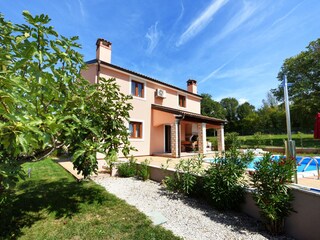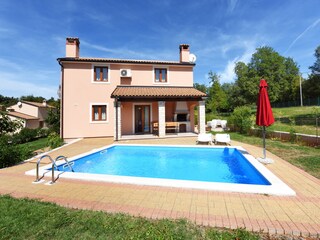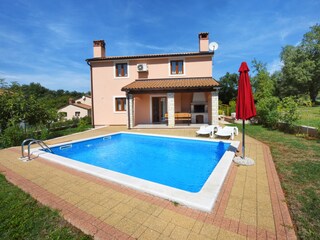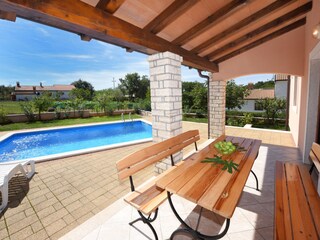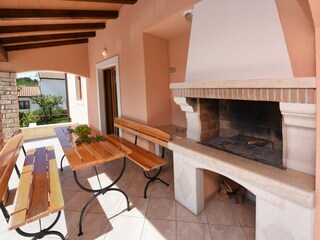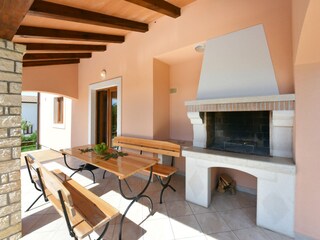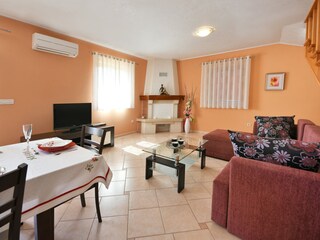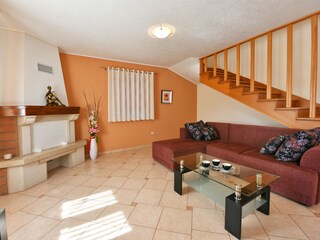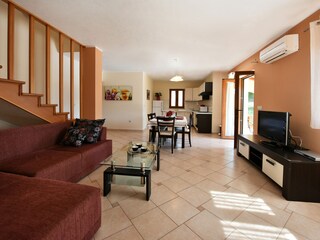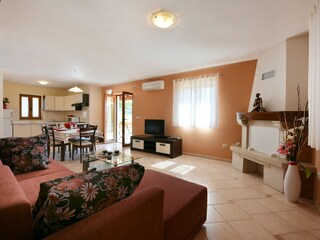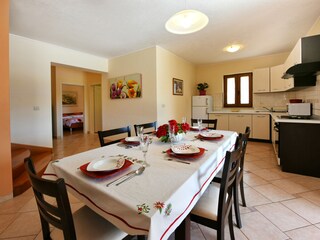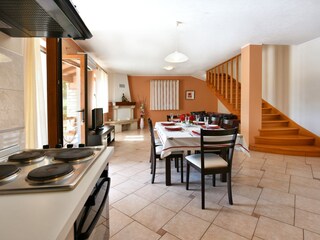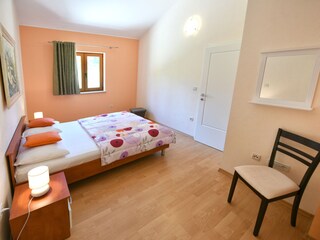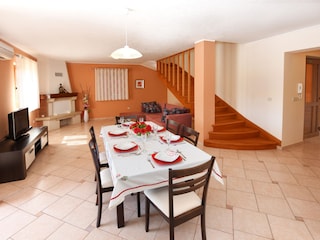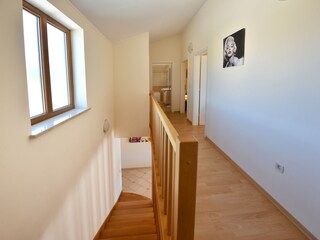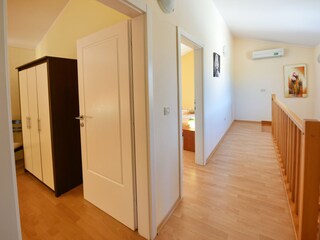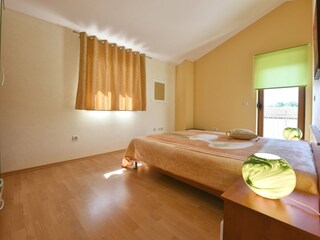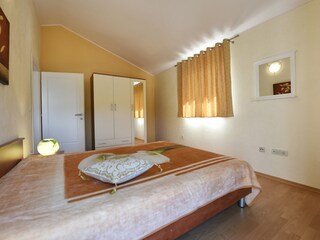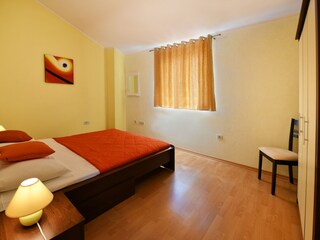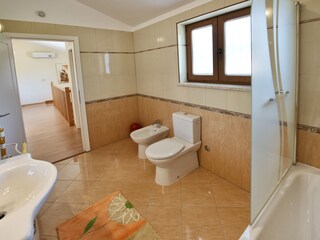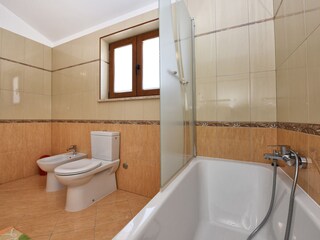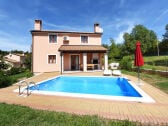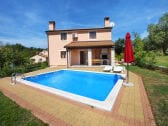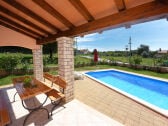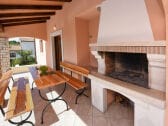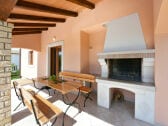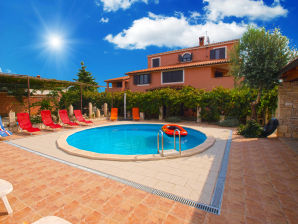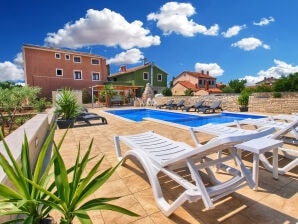1 / 39
Villa No title
3 Bedrooms
1 Bathrooms
Max. 6 guests
115 m²
Pazin
View on Map
1 / 39
Please select dates and guests
Description
The villa Paris I is located near Sveti Lovrec. It has 2 floors: the ground floor and the first floor and it is 115 m2 big.
On the ground floor there is a good equipped kitchen with...
Amenities
3 Bedrooms (1)
Max. 6 guests
115 m²
Free WIFI
Television
Pets and dogs allowed
Swimming pool
Smoking not allowed
Ground floor
Washing machine
Prices
Please select dates and guests
Usage-dependent additional costs
Please note that additional usage-dependent costs may apply. For questions about this, please contact the host directly.
Host's notes
Cancellation policy
The host has not specified any cancellation conditions
Rental conditions
- •Deposit: 20% of the rental price by arrangement
- •Final payment: upon arrival
- •Security deposit: €200.00
Payment options
- •Credit card
- •Cash payment
- •Bank transfer
- •PayPal
Location
Distances
BEACH18 km
DOCTOR18 km
NIGHT LIFE18 km
RESTAURANT1 km
SHOPS3 km
TOWN CENTER3 km
WATER18 km
Nearby
Our leisure tips
- •Badminton
- •Barbecue
- •Beachvolleyball
- •Bike rental
- •Camping
- •Canoeing
- •Culture
- •Cycling
- •Football
- •Gym
- •Hiking
- •Jogging
- •Motocross
- •Mountain hiking
- •Nightlife
- •Open-air pool
- •Paintball
- •Playground
- •Rowing
- •Scuba diving
- •Shipping/boat trip
- •Sightseeing
- •Snorkelling
- •Surfing
- •Swimming
- •Theme park
- •Volleyball
- •Water sports
- •Waterskiing
- •Windsurfing
- •Wine tasting
Holiday destination
Poreč is around 2000 years old. In its place there was a settlement in prehistoric times. The city's development began with the arrival of the Roman legionaries and the formation of a castrum. The appearance of the old town of Poreč has been preserved to this day, with the main streets Cardo Maximus and Decumanus and the central square of the forum. In the first half of the 1st century Poreč was elevated to the status of a town or municipality and was then given the name Colonia Iulia Parentium. During the time of Roman rule over the Poreč area in the 3rd century, Poreč's first bishop Mayar was the victim of the persecution of Christians. The bishop was canonized after his severe ordeal and declared the city's patron saint. After the fall of the Roman Empire, the Ostrogoths ruled the city until the transition to the Byzantine Empire. After a short period of independence in the 12th century, Poreč was then subordinate to the Patriarchs of Aquileia. The city was under the rule of the Venetian Republic longest, even for five hundred years. With the fall of Venice, it fell under Austrian rule and in 1805 under the French administration through the Napoleonic conquests. From 1815 to 1918 it fell under Austria again. In 1861 Poreč became the capital of Istria. The "Parenzana" railway line connecting Poreč Porec with Trieste was built in 1902, while the first hotel was built in 1910. From 1920 to 1943, when the city went to Croatia, Poreč was under Italian rule. Porec has been part of the independent Republic of Croatia since 1991.
Availability
Legend:
Free
Occupied
Contact
Company NARON tourist agency - Ms Isabella TarticchioGerman, English, Croatian and Italian
Accommodation number: 318234
Die Villa has no reviews yet
No review has been submitted for this accommodation yet. Write the first review now!
More accommodations
More accommodations from Company NARON tourist agency - Ms Isabella TarticchioShow all accommodations
